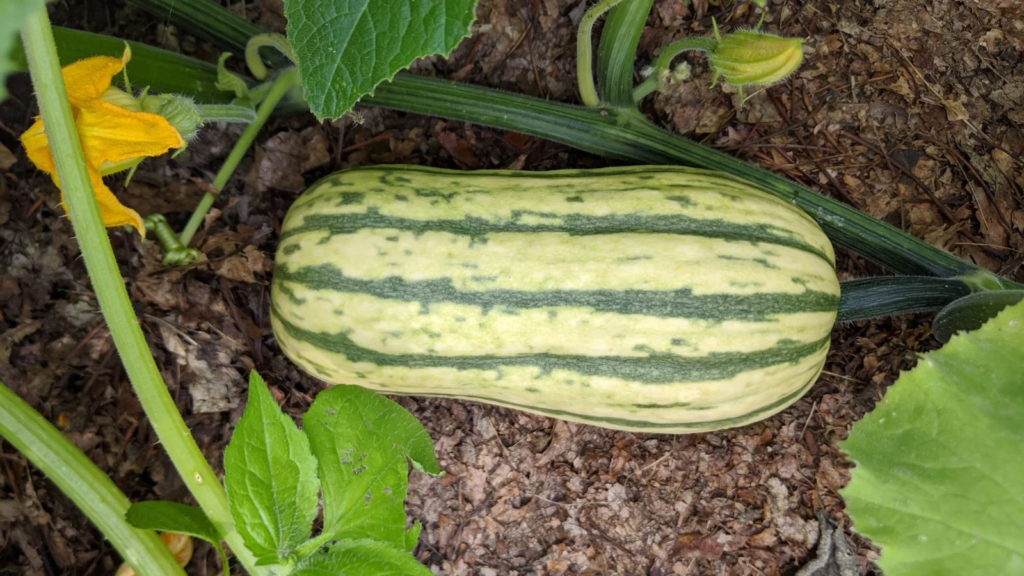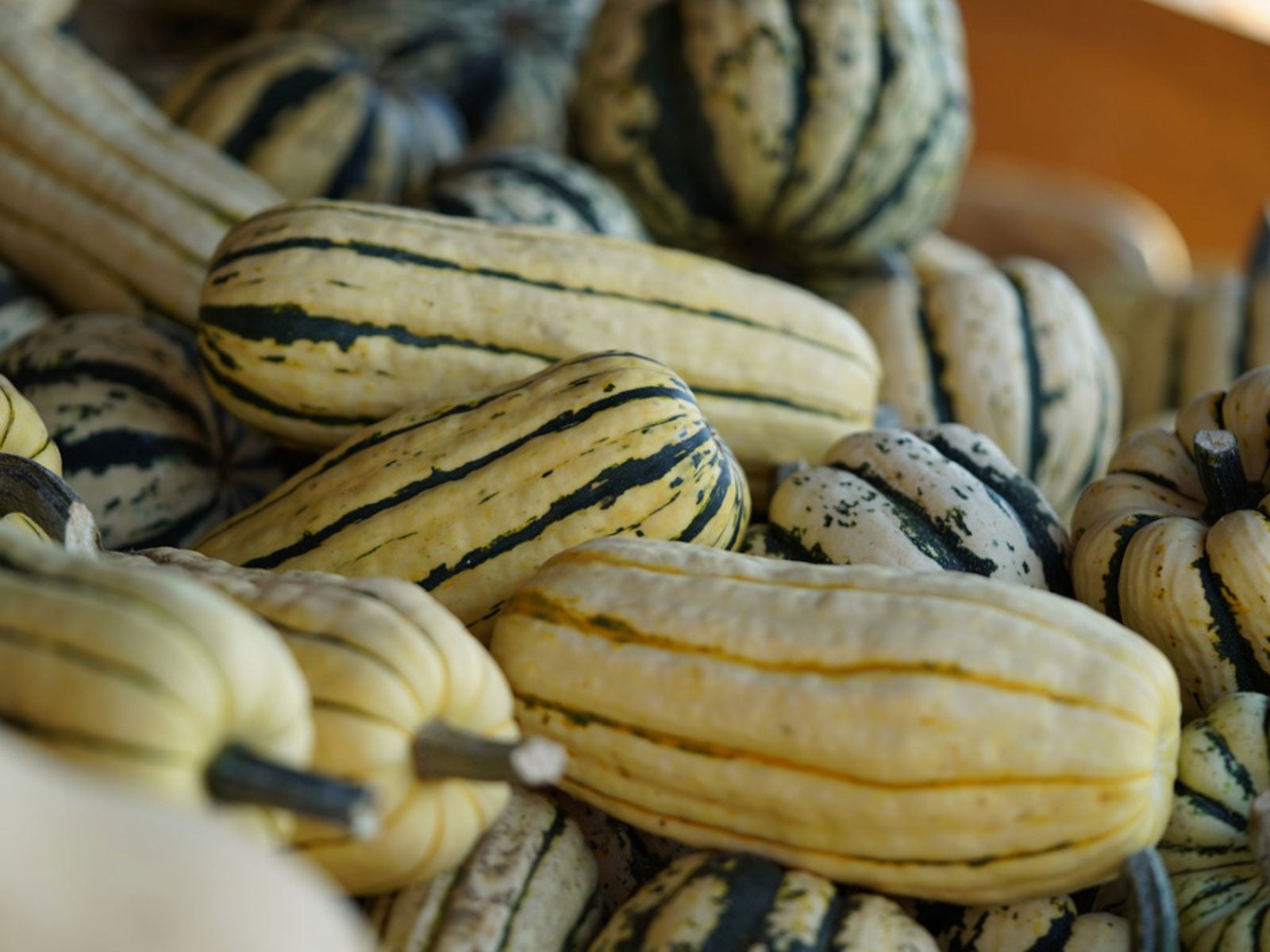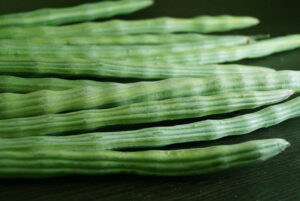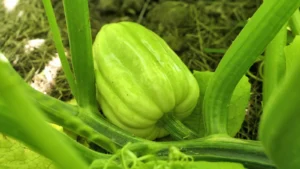How to Grow and Use Delicata Squash: A Complete Guide
Delicata squash, often called “sweet potato squash” for its rich, sweet flavor, has become increasingly popular in the US market. This heirloom winter squash variety stands out with its distinctive cream-colored skin adorned with green or orange stripes and a delectable, edible skin when cooked. If you’re looking to grow this nutritious and versatile squash, you’ve come to the right place. This comprehensive guide will walk you through everything you need to know about planting and harvesting delicata squash in different settings.
Understanding Delicata Squash
Before diving into planting instructions, let’s understand what makes delicata squash special. According to the USDA Agricultural Research Service, delicata squash (Cucurbita pepo) is nutritionally dense, containing high levels of fiber, vitamins A and C, and various minerals. Unlike other winter squash varieties, delicata has a relatively short storage life of 2-3 months, making it important to plan your growing season accordingly.
Key Benefits of Growing Delicata Squash
- Space-efficient: Smaller vines than many winter squash varieties
- Quick maturity: 80-100 days from seed to harvest
- Excellent taste: Sweet, nutty flavor similar to sweet potatoes
- Edible skin: No peeling required when cooked
- Nutritional powerhouse: Rich in vitamins, minerals, and fiber
When to Plant Delicata Squash
Timing is crucial when growing delicata squash. As a warm-season crop, delicata requires soil temperatures of at least 60°F (15.5°C) for proper germination.
| Growing Zone | Indoor Seed Starting | Direct Outdoor Planting | Transplanting Seedlings |
|---|---|---|---|
| Zones 3-4 | 4-6 weeks before last frost | After all danger of frost | When soil reaches 65°F |
| Zones 5-7 | 3-4 weeks before last frost | 2 weeks after last frost | Mid to late May |
| Zones 8-10 | Not necessary (can direct sow) | When soil warms to 60°F | Not typically needed |
How to Plant Delicata Squash at Home (Container Growing)
Growing delicata in containers allows you to enjoy this delicious squash even with limited space. Here’s how to succeed:

Container Selection and Preparation
- Choose the right container: Select a container at least 24 inches in diameter and 12 inches deep with drainage holes.
- Prepare quality soil: Mix equal parts potting soil, compost, and perlite to create a nutrient-rich, well-draining growing medium.
- Position properly: Place your container where it will receive at least 6-8 hours of direct sunlight daily.
Planting Process for Containers
- Fill your container with prepared soil mixture, leaving about 2 inches from the top.
- Plant 2-3 seeds in the center, 1 inch deep.
- Water thoroughly but gently to avoid disturbing the seeds.
- Once seedlings develop their first true leaves, thin to the strongest plant.
- As vines develop, you can either let them cascade over the container edge or provide a trellis for vertical growth.
Care and Maintenance for Container-Grown Delicata
- Watering: Keep soil consistently moist but not waterlogged. Container plants dry out faster than garden plants, so check moisture levels daily.
- Fertilizing: Apply a balanced liquid fertilizer diluted to half strength every two weeks.
- Support: Consider adding a trellis or cage to support the vines as they grow.
- Pest management: Regularly inspect for common squash pests like aphids and squash bugs.
How to Plant Delicata Squash in Your Garden
Growing delicata squash in a traditional garden setting allows the plants to spread naturally and often results in higher yields.
Garden Site Selection
- Sunlight: Choose a location that receives full sun (at least 6-8 hours daily).
- Soil quality: Delicata thrives in well-draining, fertile soil with a pH between 6.0 and 6.8.
- Previous crops: Avoid planting where other cucurbits (squash, cucumbers, melons) grew in the previous year to prevent disease issues.
Garden Soil Preparation
- Remove weeds, rocks, and debris from the planting area.
- Work 2-3 inches of compost or aged manure into the top 8-10 inches of soil.
- For heavy clay soils, consider creating raised mounds or hills for better drainage.
Garden Planting Methods

Direct Sowing
- After all danger of frost has passed and soil temperatures remain above 60°F, create planting hills 3-4 feet apart.
- Plant 4-5 seeds per hill, 1 inch deep.
- Once seedlings develop their first true leaves, thin to the strongest 2-3 plants per hill.
Transplanting Seedlings
- Harden off indoor-started seedlings for about a week before transplanting.
- Dig holes slightly larger than the root balls of your seedlings.
- Space transplants 3-4 feet apart in rows that are 6-8 feet apart.
- Water thoroughly after transplanting.
Garden Maintenance Tips
- Mulching: Apply a 2-3 inch layer of organic mulch around plants (not touching stems) to conserve moisture and suppress weeds.
- Watering: Provide about 1-1.5 inches of water weekly, more during extremely hot or dry periods.
- Fertilizing: Side-dress with compost or a balanced organic fertilizer when plants begin to vine.
- Pest management: Consider using row covers until flowering to protect young plants from pests.
How to Plant Delicata Squash in a Community or Market Garden Plot
For those growing delicata squash on a larger scale in a community garden or market plot, efficiency and space utilization become even more important.
Plot Planning and Preparation
- Layout planning: Design your plot to maximize space efficiency and air circulation, which helps prevent disease.
- Soil testing: Have your soil professionally tested to determine exact amendment needs. The USDA Natural Resources Conservation Service offers resources on soil quality and testing.
- Crop rotation: Ensure delicata follows non-cucurbit crops in your rotation plan.
Large-Scale Planting Methods
- Row preparation: Create raised rows 6-8 feet apart.
- Irrigation setup: Install drip irrigation before planting to ensure consistent watering and reduce disease risk.
- Planting density: Space plants 3-4 feet apart within rows for bush varieties or up to 6 feet for vining types.
- Succession planting: Consider staggered plantings 2-3 weeks apart for an extended harvest season.
Commercial Production Considerations
- Trellising systems: Vertical growing systems can dramatically increase yields per square foot and improve fruit quality.
- Pest and disease management: Implement an Integrated Pest Management (IPM) program suitable for organic or conventional production.
- Labor planning: Plan for increased labor needs during harvest season.
Caring for Your Delicata Squash Plants
Regardless of where you plant your delicata squash, proper care is essential for a successful harvest.
Watering Requirements
- Provide 1-1.5 inches of water weekly, preferably through drip irrigation or soaker hoses.
- Water at the base of plants rather than overhead to prevent leaf diseases.
- Increase watering during flowering and fruit development, but reduce as fruits mature.
Fertilization Schedule
- Before planting: Incorporate balanced organic fertilizer or compost into soil.
- When vines begin to run: Side-dress with compost or balanced organic fertilizer.
- When fruits begin to set: Apply a fertilizer higher in phosphorus and potassium to support fruit development.
Common Pests and Diseases
- Squash bugs: Monitor undersides of leaves for egg clusters and remove them by hand.
- Cucumber beetles: Use floating row covers until flowering, then remove to allow pollinators access.
- Powdery mildew: Maintain good air circulation and avoid overhead watering.
- Vine borers: Watch for wilting vines and cut out borers if found.
Harvesting and Storing Your Delicata Squash
Proper harvesting and storage techniques will help you enjoy your delicata squash for months after harvest.

When to Harvest
Delicata squash is typically ready to harvest 80-100 days after planting when:
- The skin has hardened and cannot be easily pierced with a fingernail
- The cream-colored background has developed a rich, golden hue
- The stem begins to dry and cork
- The squash sounds hollow when tapped
Harvesting Technique
- Use sharp pruning shears or a knife to cut the stem, leaving 2-3 inches attached to the squash.
- Handle fruits carefully to avoid bruising, which can lead to rot during storage.
- Harvest before heavy frost, as freezing temperatures can damage the fruits.
Curing and Storage
- Cure harvested squash in a warm (80-85°F), dry location with good air circulation for 7-10 days.
- After curing, store in a cool (50-55°F), dry location with 50-70% humidity.
- Check stored squash regularly and remove any showing signs of decay.
Delicious Ways to Use Your Delicata Squash
Your hard work has paid off, and now it’s time to enjoy the fruits of your labor! Delicata squash is incredibly versatile in the kitchen.
Simple Preparation Methods
- Roasted: Cut in half lengthwise, scoop out seeds, slice into half-moons, and roast at 425°F for 20-25 minutes until caramelized.
- Stuffed: Halve lengthwise, scoop out seeds, fill with your favorite grain mixture, and bake until tender.
- Sautéed: Slice into rings, remove seeds, and sauté in olive oil until golden and tender.
Incorporation into Meals
- Add roasted delicata to salads, grain bowls, or as a side dish
- Purée cooked delicata for soups, sauces, or baked goods
- Substitute for sweet potatoes or butternut squash in your favorite recipes
Conclusion
Growing delicata squash can be a rewarding experience whether you’re planting in containers on your balcony, in a backyard garden, or in a larger community plot. By following the guidelines in this article, you’ll be well on your way to harvesting this delicious and nutritious winter squash. Remember that gardening is part science and part art—don’t be afraid to experiment and adapt these recommendations to your specific growing conditions.
With its sweet flavor, easy preparation, and impressive nutritional profile, delicata squash deserves a place in your garden and on your plate.






